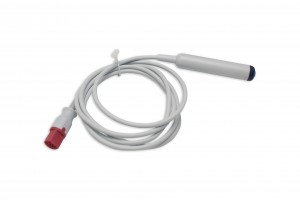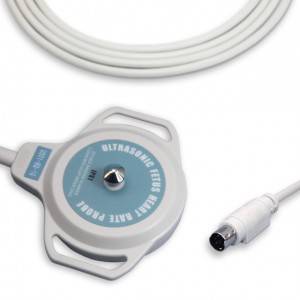Test probes are small single-stranded DNA or RNA fragments (approximately 20 to 500 bp) used to detect complementary nucleic acid sequences. Double-stranded DNA is denatured by heating to become single-stranded, and then labeled with radioisotopes (usually phosphorus-32), fluorescent dyes, or enzymes (such as horseradish peroxidase) to become probes. Phosphorus-32 is usually incorporated into the phosphate group of one of the four nucleotides that make up DNA, and fluorescent dyes and enzymes are covalently linked to nucleic acid sequences.
Now in the test fixture, the test probe is used as a medium, the probe is placed in the casing, the probe head contacts the object to be tested, and the lead wire of the casing at the other end conducts the signal, and the received signal is in the tester. For example, the resistor uses a current source to calculate the voltage drop across the probe, and the capacitor uses a constant voltage source to calculate the slope of the charging time at different frequencies. The probe has the characteristics of continuous use when it is made into a fixture, and the cost is not high. He has been widely used in the testing community.
There are many types of test probe head types. The main reason is that different test points require different head types. For example, dip feet use multi-claw head types, test pad points use pointed, round or flat heads, and IC pins use plum blossom. The head shape, etc. are all selected by experienced production personnel according to the parts on the finished PCB.
Nanometering is only the strengthening of materials for the probe, and there is no impact on the test fixture. If you are interested, the impact on the test fixture should be part of the test instrument, such as AOI detection.
Post time: May-19-2022



